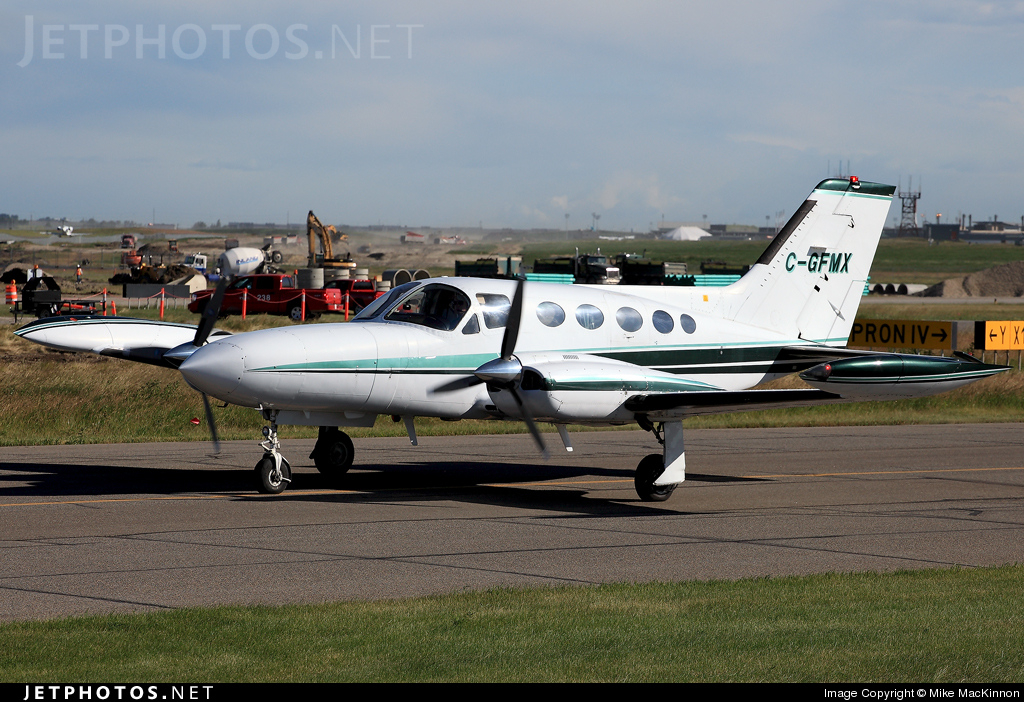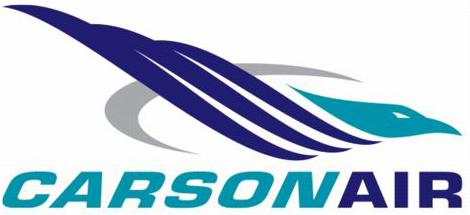Country
Crash of a De Havilland DHC-2 Beaver I in Elwyn Creek: 1 killed
Date & Time:
Jul 15, 2016 at 2220 LT
Registration:
C-GWDW
Survivors:
No
Schedule:
Telegraph Creek – Mowdade Lake
MSN:
306
YOM:
1952
Crew on board:
1
Crew fatalities:
Pax on board:
0
Pax fatalities:
Other fatalities:
Total fatalities:
1
Circumstances:
The Beaver floatplane departed Telegraph Creek Water Aerodrome, BC (CAH9) destined for Mowdade Lake, BC, at approximately 2040 PDT on 15 July 2016 on a VFR flight itinerary round-trip with one pilot on board. When the aircraft did not arrive at Mowdade Lake and did not return to CAH9, a search was initiated. The aircraft's wreckage was located at approximately 2000 PDT the following day in a ravine at an elevation of about 5,000 feet near the headwaters of Elwyn Creek, BC. The aircraft was consumed by fire and the pilot was fatally injured.


Crash of a Rockwell Aero Commander 700 in Beaverdell
Date & Time:
May 31, 2016 at 2125 LT
Registration:
C-GBCM
Survivors:
Yes
Schedule:
Boise – Kelowna
MSN:
700-27
YOM:
1980
Crew on board:
1
Crew fatalities:
Pax on board:
5
Pax fatalities:
Other fatalities:
Total fatalities:
0
Circumstances:
The twin engine aircraft performed a technical stop in Boise, Idaho, enroute from Arizona to Kelowna. While flying at an altitude of 8,500 feet, both engines failed simultaneously. The pilot reduced his altitude and attempted an emergency landing in a flat area located near Beaverdell, about 37 miles south of Kelowna. By night, the airplane crash landed in a Christmas tree plantation, hit several trees and a fence and eventually came to rest. All six occupants evacuated safely while the aircraft was damaged beyond repair. According to preliminary information, there was still enough fuel in the tanks, and investigations will have to determine the cause of the double engine failure.
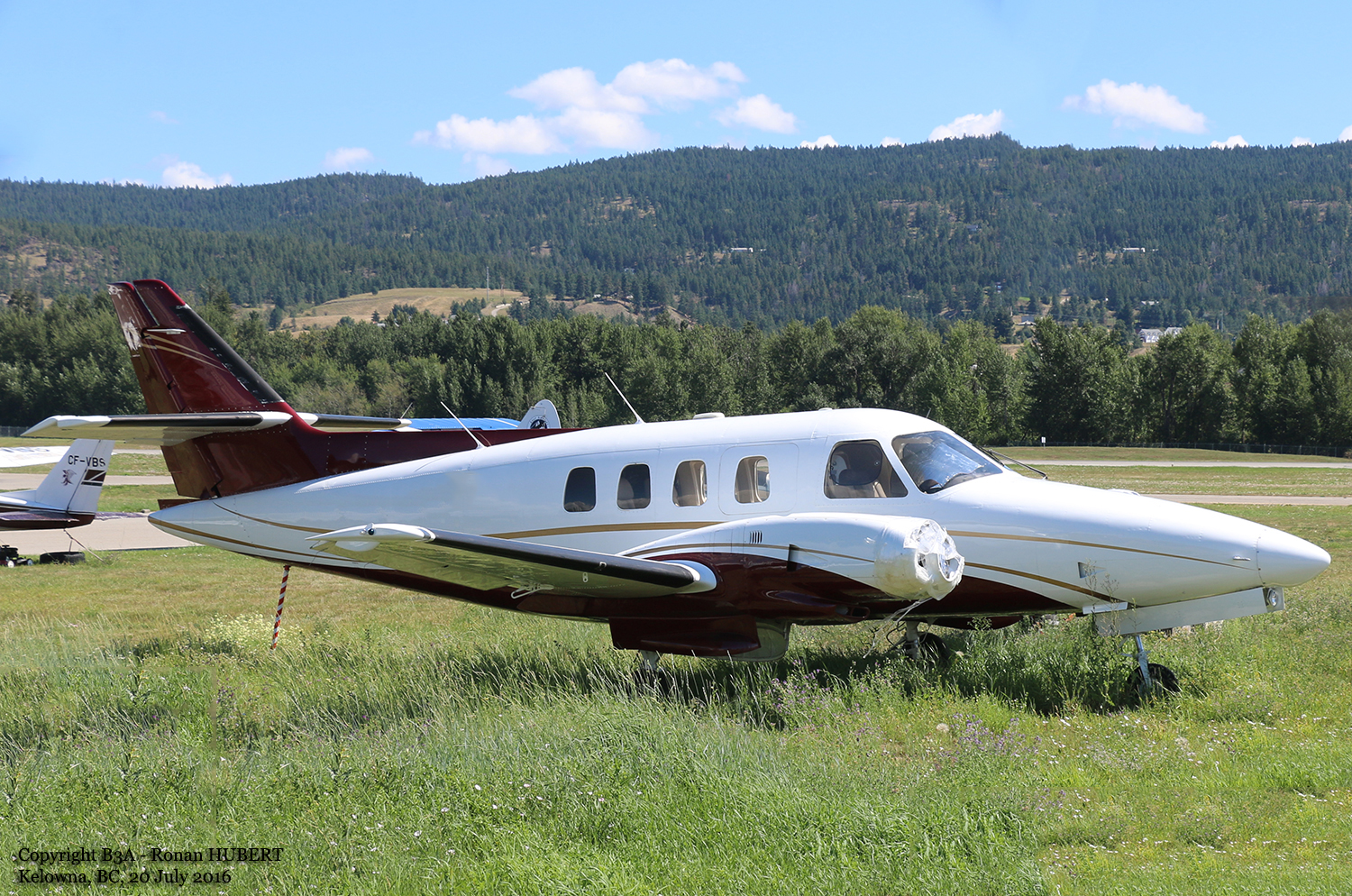
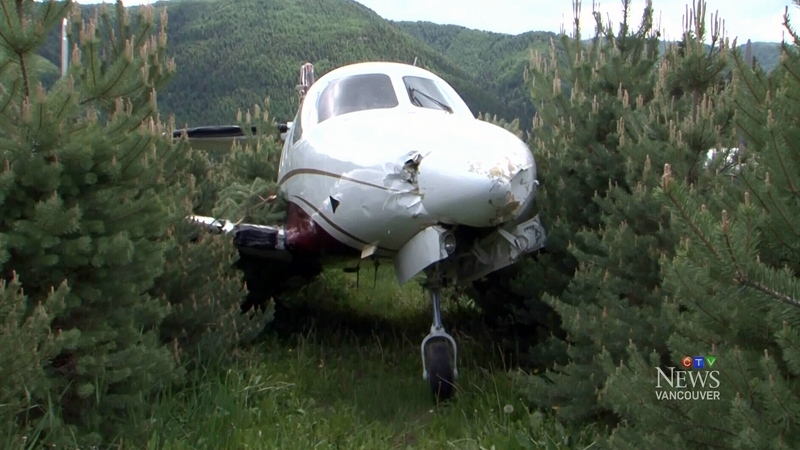
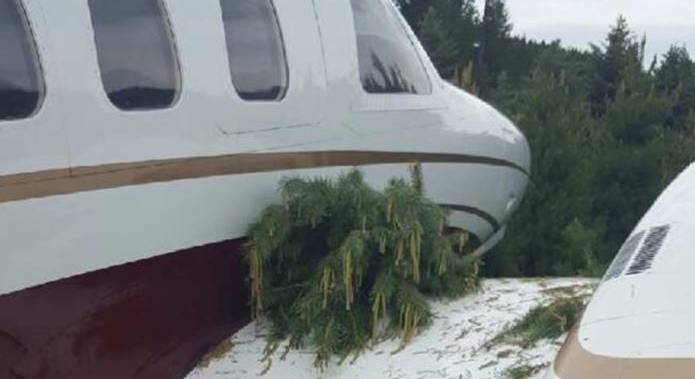



Crash of a De Havilland DHC-2 Beaver I in Lumby
Date & Time:
May 10, 2016 at 1030 LT
Registration:
C-FMPV
Survivors:
Yes
MSN:
1304
YOM:
1959
Crew on board:
1
Crew fatalities:
Pax on board:
2
Pax fatalities:
Other fatalities:
Total fatalities:
0
Circumstances:
Shortly after takeoff from a private airstrip in Lumby, the airplane suffered engine problems. The pilot elected to make an emergency landing when the aircraft crashed in a prairie located 300 feet from a house, bursting into flames. All three occupants evacuated with minor injuries and the aircraft was destroyed by a post crash fire. The pilot and both passengers were en route to the south of the province when the accident occurred.
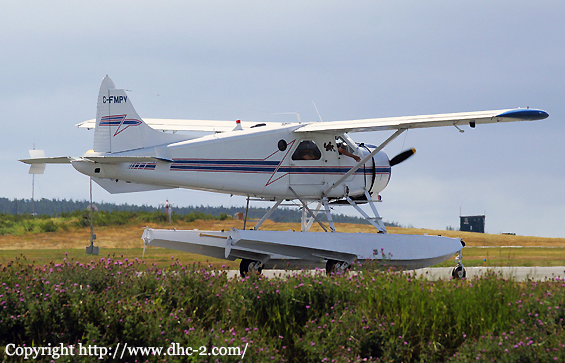
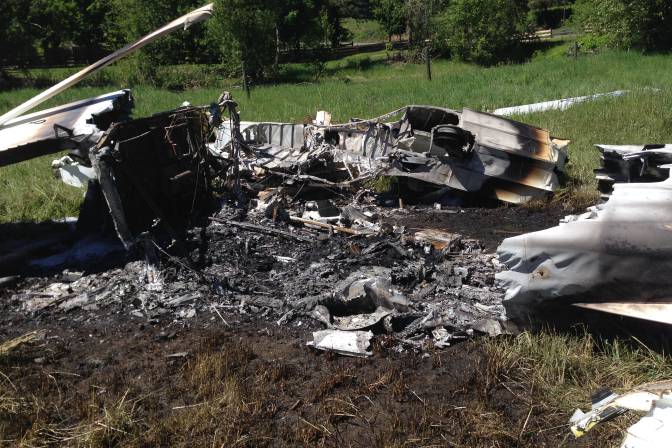


Crash of a Cessna 207 Skywagon in Taylor: 2 killed
Date & Time:
Oct 16, 2015 at 1515 LT
Registration:
C-GNVZ
Survivors:
No
Schedule:
Taylor – Vernon
MSN:
207-0317
YOM:
1976
Crew on board:
1
Crew fatalities:
Pax on board:
1
Pax fatalities:
Other fatalities:
Total fatalities:
2
Circumstances:
Shortly after takeoff from a grassy airstrip located just outside from the town of Taylor, some 15 km southeast of Fort St John, the single engine aircraft crashed in an open field, bursting into flames. The aircraft was totally destroyed by a post crash fire and both occupants, a father and his son, were killed.



Crash of a Swearingen SA226TC Metro II on Mt Seymour: 2 killed
Date & Time:
Apr 13, 2015 at 0708 LT
Registration:
C-GSKC
Survivors:
No
Schedule:
Vancouver – Prince George – Dawson Creek – Fort Saint John
MSN:
TC-235
YOM:
1977
Flight number:
CA066
Crew on board:
2
Crew fatalities:
Pax on board:
0
Pax fatalities:
Other fatalities:
Total fatalities:
2
Captain / Total hours on type:
1890.00
Copilot / Total hours on type:
57
Aircraft flight hours:
33244
Circumstances:
On 13 April 2015, Carson Air Ltd. flight 66 (CA66), a Swearingen SA226-TC Metro II (registration C-GSKC, serial number TC-235), departed Vancouver International Airport (CYVR), British Columbia, with 2 pilots on board for an instrument flight rules flight to Prince George, British Columbia. At 0709 Pacific Daylight Time (PDT), approximately 6 minutes after leaving Vancouver, the aircraft disappeared from air traffic control radar while climbing through an altitude of 8700 feet above sea level in instrument meteorological conditions, about 4 nautical miles north of the built-up area of North Vancouver. Deteriorating weather conditions with low cloud and heavy snowfall hampered an air search; however, aircraft wreckage was found on steep, mountainous, snow-covered terrain by ground searchers at approximately 1645 PDT. The aircraft had experienced a catastrophic in-flight breakup. Both pilots were fatally injured, and the aircraft was destroyed. Although the aircraft’s 406-megahertz emergency locator transmitter activated, the antenna was damaged and no signal was received by the Cospas-Sarsat (international satellite system for search and rescue). The accident occurred during daylight hours.
Probable cause:
Findings as to causes and contributing factors:
1. For unknown reasons, the aircraft descended in the direction of flight at high speed until it exceeded its structural limits, leading to an in-flight breakup.
2. Based on the captain’s blood alcohol content, alcohol intoxication almost certainly played a role in the events leading up to the accident.
Findings as to risk:
1. If cockpit or data recordings are not available to an investigation, the identification and communication of safety deficiencies to advance transportation safety may be precluded.
2. If Canadian Aviation Regulations Subpart 703 operators are not required to have a Transport Canada–approved safety management system, which is assessed on a regular basis, there is a risk that those companies will not have the necessary processes in place to manage safety effectively.
3. If safety issues, such as concerns related to drug or alcohol abuse, are not reported formally through a company’s safety reporting system, there is a risk that hazards will not be managed effectively.
4. Transport Canada’s Handbook for Civil Aviation Medical Examiners(TP 13312) does not address the complete range of conditions that may be affected by drug or alcohol dependence. As a result, there is an increased risk that undisclosed cases of drug or alcohol dependence in commercial aviation will go undetected, placing the travelling public at risk.
5. If there is no regulated drug- and alcohol-testing requirement in place to reduce the risk of impairment of persons while engaged in safety-sensitive functions, employees may undertake these duties while impaired, posing a risk to public safety.
1. For unknown reasons, the aircraft descended in the direction of flight at high speed until it exceeded its structural limits, leading to an in-flight breakup.
2. Based on the captain’s blood alcohol content, alcohol intoxication almost certainly played a role in the events leading up to the accident.
Findings as to risk:
1. If cockpit or data recordings are not available to an investigation, the identification and communication of safety deficiencies to advance transportation safety may be precluded.
2. If Canadian Aviation Regulations Subpart 703 operators are not required to have a Transport Canada–approved safety management system, which is assessed on a regular basis, there is a risk that those companies will not have the necessary processes in place to manage safety effectively.
3. If safety issues, such as concerns related to drug or alcohol abuse, are not reported formally through a company’s safety reporting system, there is a risk that hazards will not be managed effectively.
4. Transport Canada’s Handbook for Civil Aviation Medical Examiners(TP 13312) does not address the complete range of conditions that may be affected by drug or alcohol dependence. As a result, there is an increased risk that undisclosed cases of drug or alcohol dependence in commercial aviation will go undetected, placing the travelling public at risk.
5. If there is no regulated drug- and alcohol-testing requirement in place to reduce the risk of impairment of persons while engaged in safety-sensitive functions, employees may undertake these duties while impaired, posing a risk to public safety.
Final Report:
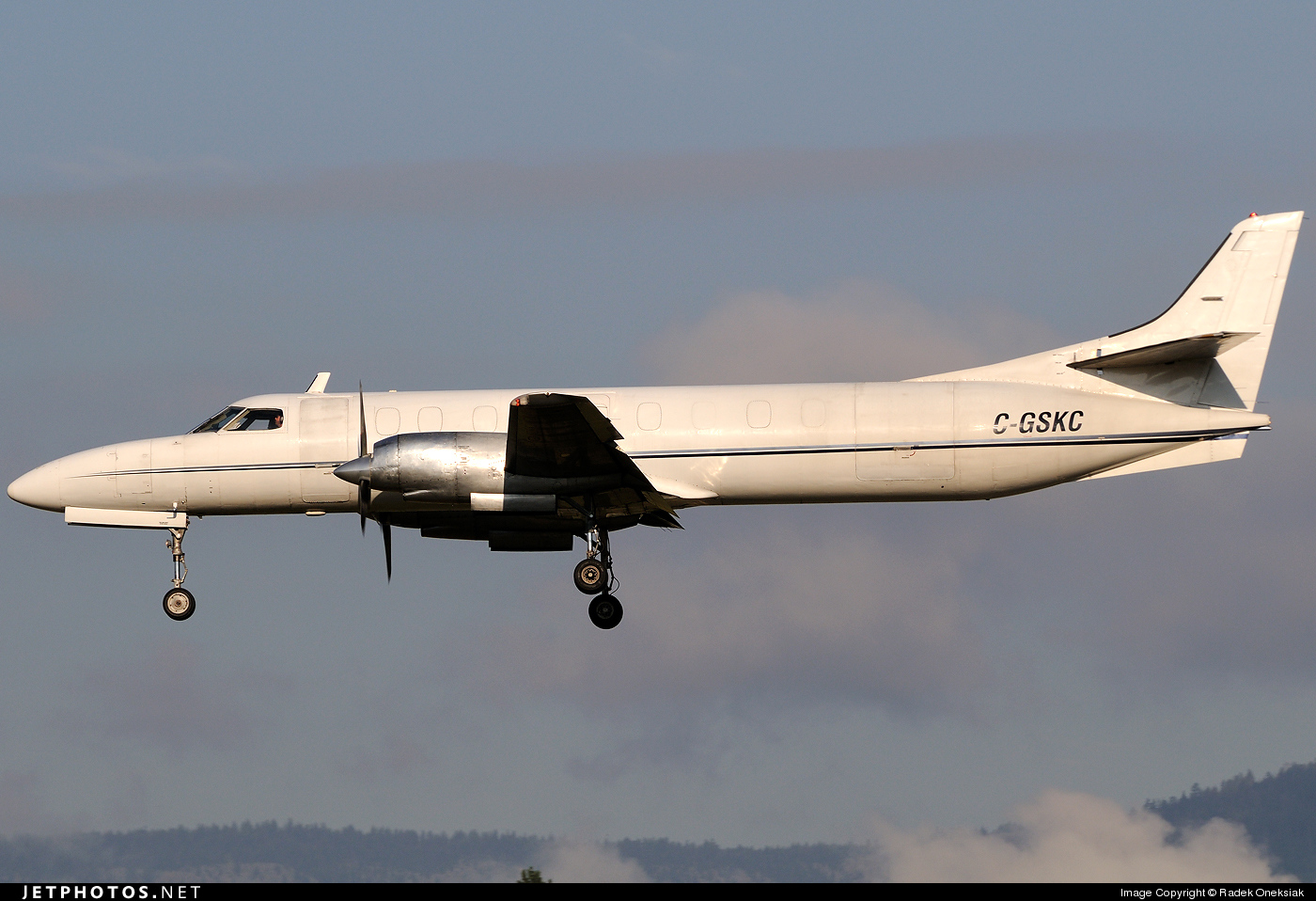
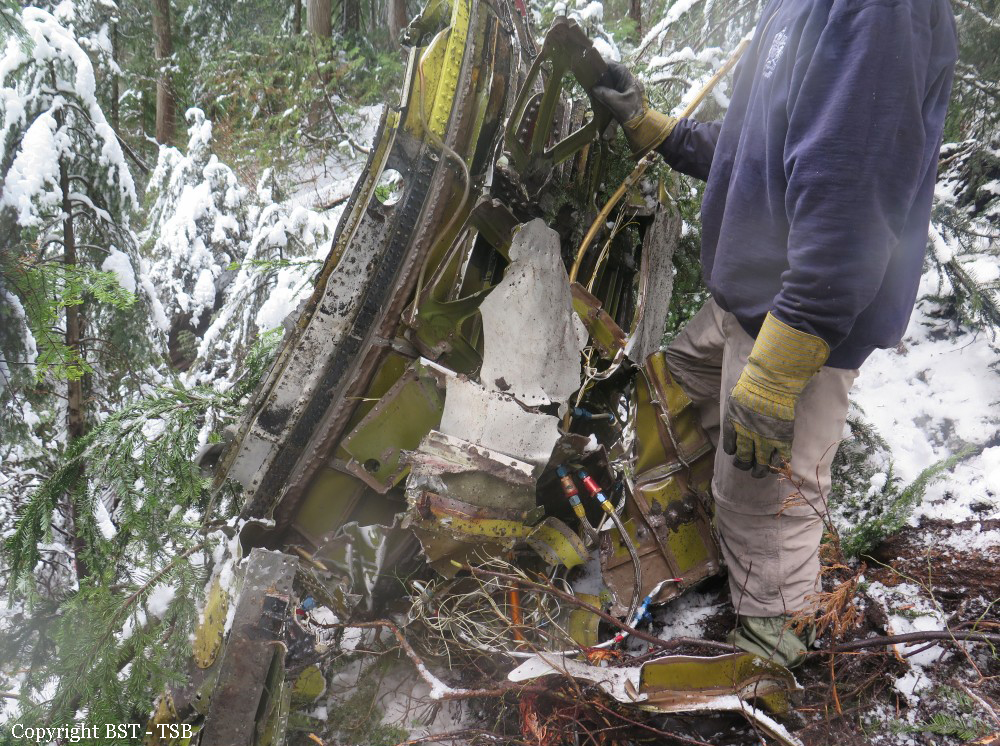
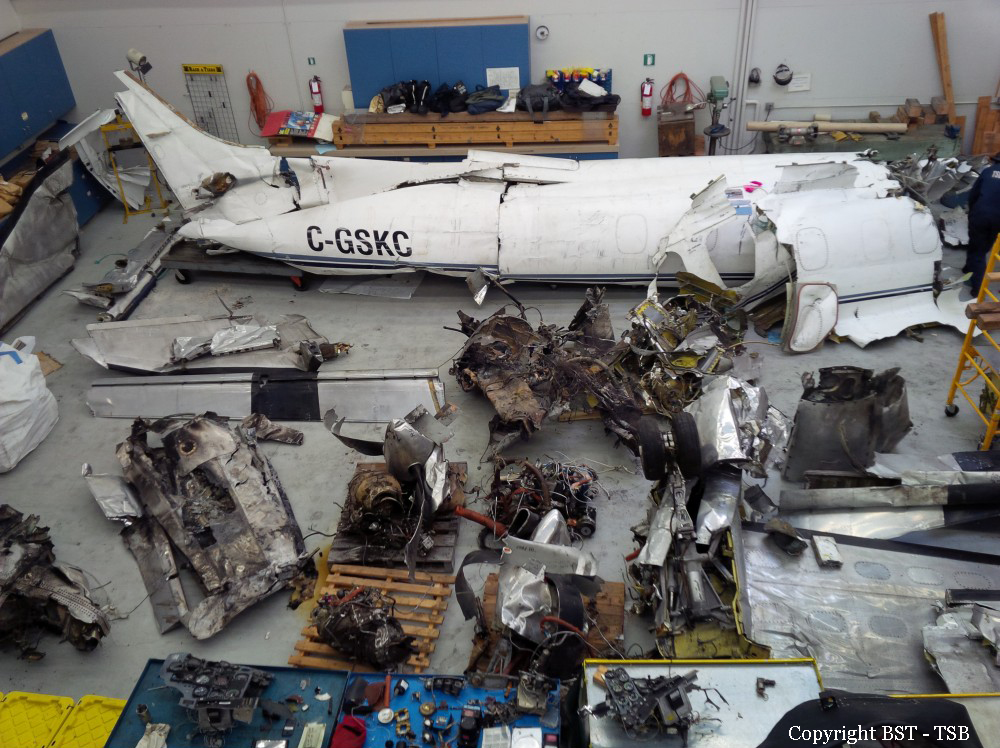
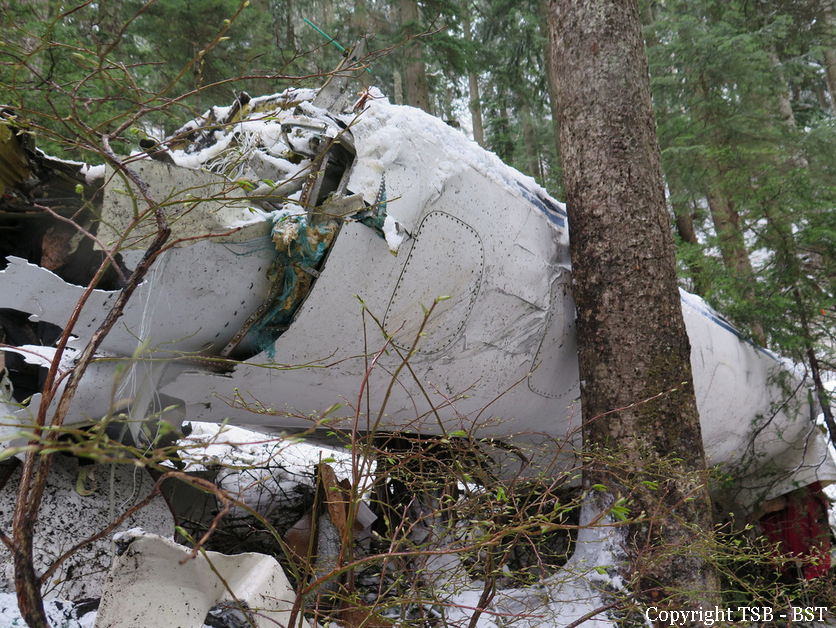

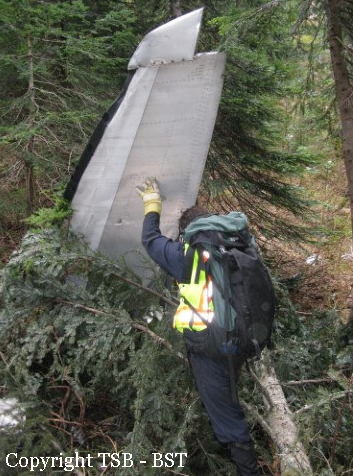
Crash of a De Havilland DHC-2 Beaver near Saint John Harbour
Date & Time:
Jul 11, 2014 at 1550 LT
Registration:
C-FFRL
Survivors:
Yes
Schedule:
St John Harbour - Sandspit
MSN:
482
YOM:
1953
Crew on board:
1
Crew fatalities:
Pax on board:
3
Pax fatalities:
Other fatalities:
Total fatalities:
0
Circumstances:
Shortly after take off from Saint John Harbour, the single engine aircraft went out of control and crashed on the shore of the Athlone Island, bursting into flames. The aircraft was destroyed by impact forces and a post crash fire and all four occupants were injured.


Crash of a Cessna 421B Golden Eagle II on Vargas Island: 2 killed
Date & Time:
Dec 14, 2013 at 1425 LT
Registration:
C-GFMX
Survivors:
No
Schedule:
Abbotsford - Tofino
MSN:
421B-0939
YOM:
1975
Crew on board:
1
Crew fatalities:
Pax on board:
1
Pax fatalities:
Other fatalities:
Total fatalities:
2
Aircraft flight hours:
8500
Circumstances:
The twin engine aircraft was performing a flight from Abbotsford to Tofino with two people on board (a father aged 51 and his son aged 25). On approach to Tofino Airport, on Vancouver Island, the aircraft impacted ground and crashed on Vargas Island, off Tofino. The burnt wreckage was found the following day and both occupants were killed.
